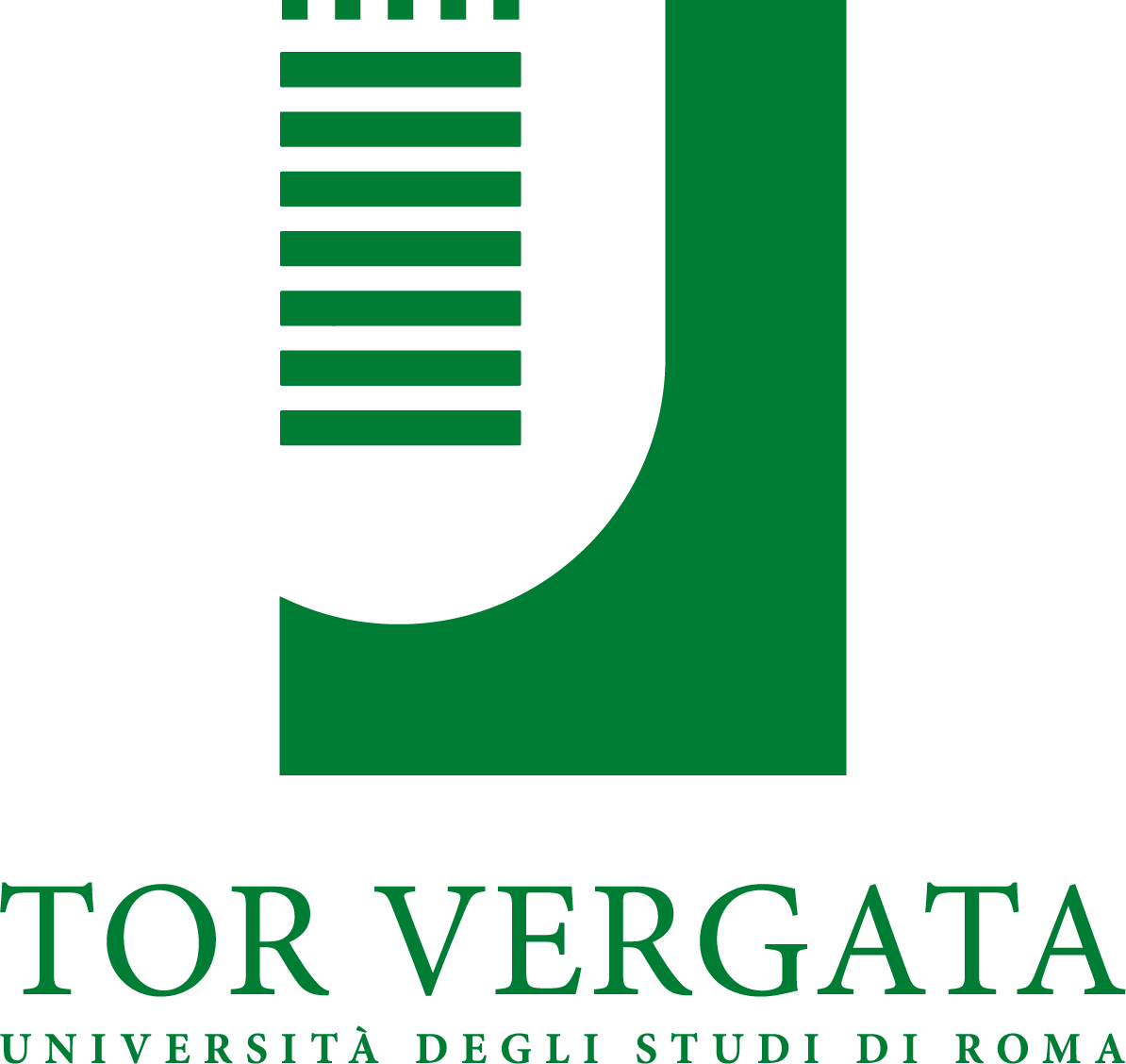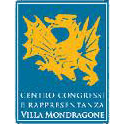Career
1985 He discussed the thesis “Nucleotide sequence and structural analysis of ribosomal protein gene L1 in Xenopus laevis”.
1986 He was awarded of a two years fellowship from “Istituto Pasteur-Fondazione Cenci-Bolognetti”. In this period he worked as Post-doctoral fellow in the laboratory of Dr. Diane Robins at the Biology Department of Columbia University in New York. The research project was on the hormonal regulation of gene expression using as model system the Slp gene of mouse.
1989 He was appointed as a Research Fellow at the Department of Biology, University of Rome “Tor Vergata”
1995 He worked in the laboratory of Dr. George Thomas at Friedrich Miescher Institute in Basel, on the project “The role of rpS6 phosphorylation in translational control of 5′ terminal oligopyrimidine mRNAs”
2000 He was appointed Associate Professor of Molecular Biology at the Department of Biology, University of Rome “Tor Vergata”
Fellowships and Honors
1986 He was awarded of a two years fellowship from “Istituto Pasteur-Fondazione Cenci-Bolognetti”.
1990 He became member of the Italian Society of Biophysics and Molecular Biology.
1995 He was awarded of an “EMBO – Short Term Fellowship” for three months. He worked in the laboratory of Dr. George Thomas at Friedrich Miescher Institute in Basel,
1996 He was awarded of an “HSFPO – Short Term Fellowship” for three months. He continued to work in the laboratory of Dr. George Thomas at Friedrich Miescher Institute in Basel,
Funding from 2008
2007-10 TELETHON: Molecular Basis of Diamond-Blackfan Anemia.
2007-09 MIUR-PRIN: Crescita cellulare e funzione dell’apparato traduzionale (coord. nazionale)
2010-13 AIRC: PIM1 and ribosomal stress in prostate cancer cells
2012-15 MIUR-PRIN: Ruolo dell’apparato traduzionale nel controllo della crescita cellulare e nella carcinogenesi (coord. nazionale)
2013-16 TELETHON: Rescue of Diamond-Blackfan Anemia haploinsufficiency by knock-up of the deficient protein
Collaborations in 2013
Irma Dianzani, Università del Piemonte Orientale, Novara
Stefano Biffo, Istituto San Raffaele, Milano
Christopher G. Proud, University of Southampton, Southampton, UK
Teaching from 2008
Course Biologia Molecolare (6 CFU) in Laurea Triennale in Biotecnologie dell’Università di Roma “Tor Vergata”
Course Espressione Genica (6 CFU) nel corso di Laurea Magistrale in Biologia Cellulare e Molecolare dell’Università di Roma “Tor Vergata”
Research activity
Molecular mechanism of Diamond Blackfan Anemia and other ribosomopathies
Diamond-Blackfan anemia (DBA) is the first human disease associated to mutations in ribosomal structural protein. In fact, ribosomal protein (RP) S19 is mutated in about 25% of patients, whereas another 10% show mutations in RPS24, RPS17, RPL35A, RPL11, and RPL5. The major clinical feature of DBA is a congenital erythroblastopenia but approximately 30% of affected children present a variety of associated physical anomalies.
It is not clear how alterations in the synthesis and/or function of a ribosomal protein could influence normal hematopoietic development. We are presently studying the signaling pathways involved in the response to ribosomal defect (e.g. AKT/mTOR pathway) and the mechanism of regulation in the synthesis of ribosomal components that are altered in DBA
Prtotein synthesis apparatus and neoplastic transformation
Aim of this group is to address how changes in the synthesis of ribosomes can affect cell growth and if the response to ribosomal stress is altered in PCa cells. Deregulation of the phosphatidyl inositol trisphosphate kinase (PI3K) pathway has been observed in virtually all the advanced PCa. This pathway includes AKT and mTOR, known to affect translational activity and ribosome biogenesis. Our objective is to understand the relationship between ribosome biogenesis and cell growth and identify signaling molecules involved in the coordination of these processes. A number of reports indicate that perturbations of ribosome biogenesis due to a variety of causes (ribosomal stress) or, in general, alteration of nucleolar functions (nucleolar stress) can activate a specific quality control mechanism and block cell proliferation mostly through a p53-dependent mechanism. However, additional p53-independent pathways have been hypothesized by other authors. We have already obtained preliminary data on the inactivation of mTOR complex 2 (mTORC2) caused by depletion of the ribosomal protein (RP)S19. In addition, we observed that RP depletion causes hyperphosphorylation of AMP-activated protein kinase (AMPK), an increase of eEF2 phosphorylation and inhibition of protein synthesis. On the basis of these preliminary data, we plan to induce ribosomal stress (by RP depletion or chemotherapeutic drugs) in PCa cell lines (DU145, PC3, LNCaP, 22RV1) and compare the effect on mTORC2, AMPK, and eEF2 to establish possible correlations with the growth characteristics of the different cell lines.
Another possible component of the response to ribosomal stress is oncogenic kinase PIM1. In fact, we found that RP deficiency induced by RNA interference or treatment with inhibitor of nucleolar functions cause a drastic destabilization of PIM1. The lower level of PIM1 induces an increase of the cell cycle inhibitor p27Kip1 and blocks cell proliferation even in the absence of p53. PIM1 overexpression has been observed in high grade prostatic intraepithelial neoplasia, suggesting it could be an early event in the development of prostate malignancy. For this reason we plan to address PIM1 function in PCa cells focusing on its relationship with the translational apparatus.
Publications 2010-2014
- Gismondi A, Caldarola S, Lisi G, Juli G, Chellini L, Iadevaia V, Proud CG, Loreni F. (2014) Ribosomal stress activates eEF2K-eEF2 pathway causing translationelongation inhibition and recruitment of Terminal Oligopyrimidine (TOP) mRNAs on polysomes. Nucleic Acids Res. 42:12668-80
- Esposito, D., Crescenzi, E., Sagar, V., Loreni, F., Russo, A., and Russo, G. (2014). Human rpL3 plays a crucial role in cell response to nucleolar stress induced by 5-FU and L-OHP. Oncotarget 5, 11737-11751.
- Matassa, D.S., Agliarulo, I., Amoroso, M.R., Maddalena, F., Sepe, L., Ferrari, M.C., Sagar, V., D’Amico, S., Loreni, F., Paolella, G. et al. (2014) TRAP1-dependent regulation of p70S6K is involved in the attenuation of protein synthesis and cell migration: Relevance in human colorectal tumors. Molecular oncology.
- Passacantilli, I., Capurso, G., Archibugi, L., Calabretta, S., Caldarola, S., Loreni, F., Delle Fave, G. and Sette, C. (2014) Combined therapy with RAD001 e BEZ235 overcomes resistance of PET immortalized cell lines to mTOR inhibition. Oncotarget, 5, 5381-5391.
- Loreni, F., Mancino, M. and Biffo, S. (2014) Translation factors and ribosomal proteins control tumor onset and progression: how? Oncogene, 33, 2145-2156.
- Matassa DS, Amoroso MR, Agliarulo I, Maddalena F, Sisinni L, Paladino S, Romano S, Romano MF, Sagar V, Loreni F, Landriscina M, Esposito F. (2013) Translational control in the stress adaptive response of cancer cells: a novel role for the heat shock protein TRAP1. Cell Death Dis. 4:e851
- Watkins-Chow DE, Cooke J, Pidsley R, Edwards A, Slotkin R, Leeds KE, Mullen R, Baxter LL, Campbell TG, Salzer MC, Biondini L, Gibney G, Phan Dinh Tuy F, Chelly J, Morris HD, Riegler J, Lythgoe MF, Arkell RM, Loreni F, Flint J, Pavan WJ, Keays DA. (2013). Mutation of the diamond-blackfan anemia gene Rps7 in mouse results in morphological and neuroanatomical phenotypes. PLoS Genet 9, e1003094.
- Caterino, M., Corbo, C., Imperlini, E., Armiraglio, M., Pavesi, E., Aspesi, A., Loreni, F., Dianzani, I., and Ruoppolo, M. (2013). Differential proteomic analysis in human cells subjected to ribosomal stress. Proteomics 13, 1220-1227.
- Febbraro F, Giorgi M, Caldarola S, Loreni F, & Romero-Ramos M (2012) alpha-Synuclein expression is modulated at the translational level by iron. Neuroreport 23(9):576-580.
- Grosso, S., Pesce, E., Brina, D., Beugnet, A., Loreni, F., and Biffo, S. (2011). Sensitivity of Global Translation to mTOR Inhibition in REN Cells Depends on the Equilibrium between eIF4E and 4E-BP1. PLoS One 6, e29136.
- Iadevaia, V., Caldarola, S., Biondini, L., Gismondi, A., Karlsson, S., Dianzani, I., and Loreni, F. (2010) PIM1 kinase is destabilized by ribosomal stress causing inhibition of cell cycle progression. Oncogene 29:5490-9
- Massa R, Panico MB, Caldarola S, Fusco FR, Sabatelli P, Terracciano C, Botta A, Novelli G, Bernardi G, Loreni F. (2010). The Myotonic Dystrophy type 2 gene product ZNF9 is associated with sarcomeres and normally localized in DM2 patients’ muscles. Neuropathol Appl Neurobiol. 36:275-8
- Quarello P, Garelli E, Carando A, Brusco A, Calabrese R, Dufour C, Longoni D, Misuraca A, Vinti L, Aspesi A, Biondini L, Loreni F, Dianzani I, Ramenghi U (2010). Diamond-Blackfan anemia: genotype-phenotype correlation in Italian patients with RPL5 and RPL11 mutations. Haematologica 95:206-13
Components of the research group
Marcello Giorgi (Technician)
Sara Caldarola (Researcher TD)
Valentina Aria (Post Doc)
Giada Juli (PhD student)
Vinay Sagar (PhD student)
Lidia Chellini (PhD student)
Silvia D’Amico (PhD student)
Francesca Ladisa (Student)
Antonella Longo (Student)
Sisi Yang (Visiting scientist)







Università di Tor Vergata